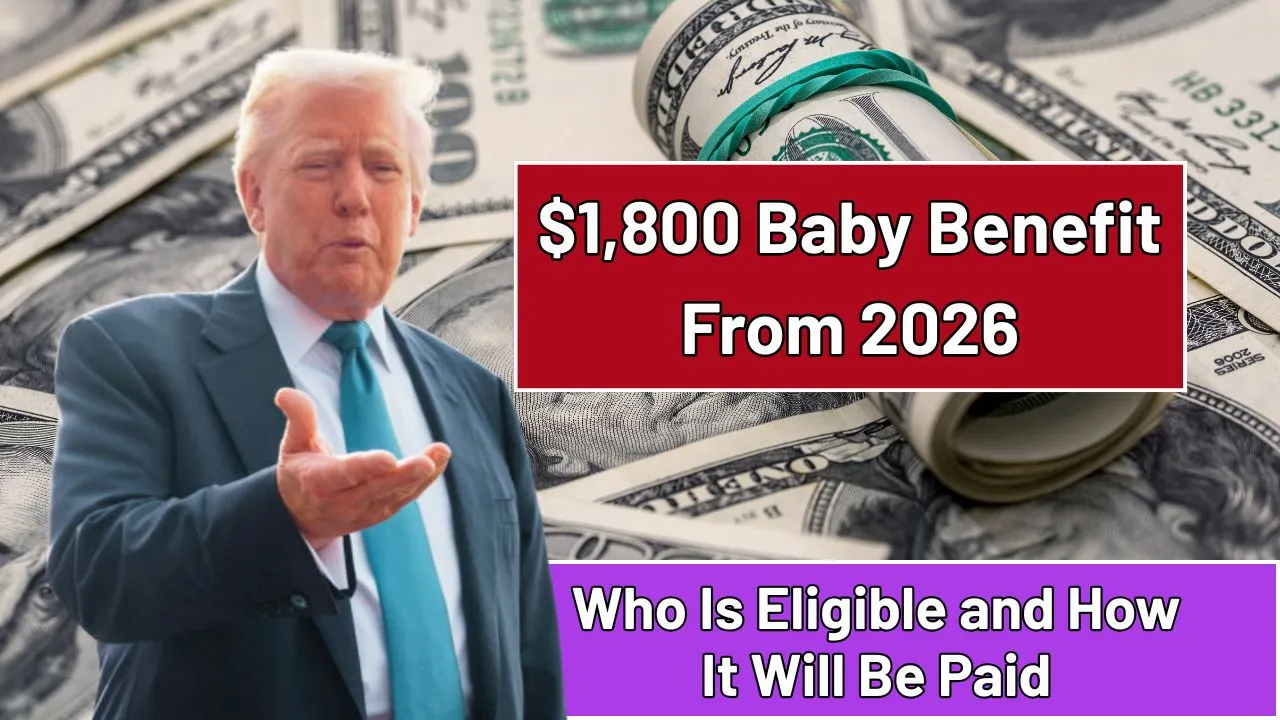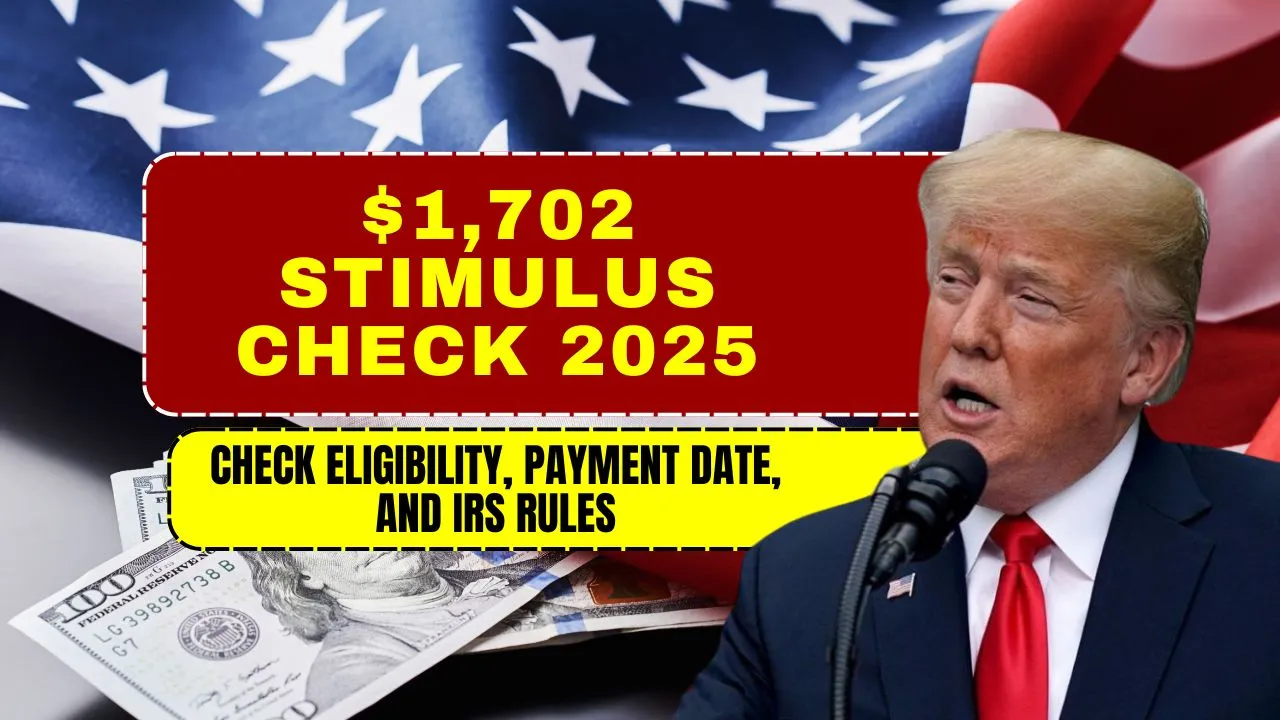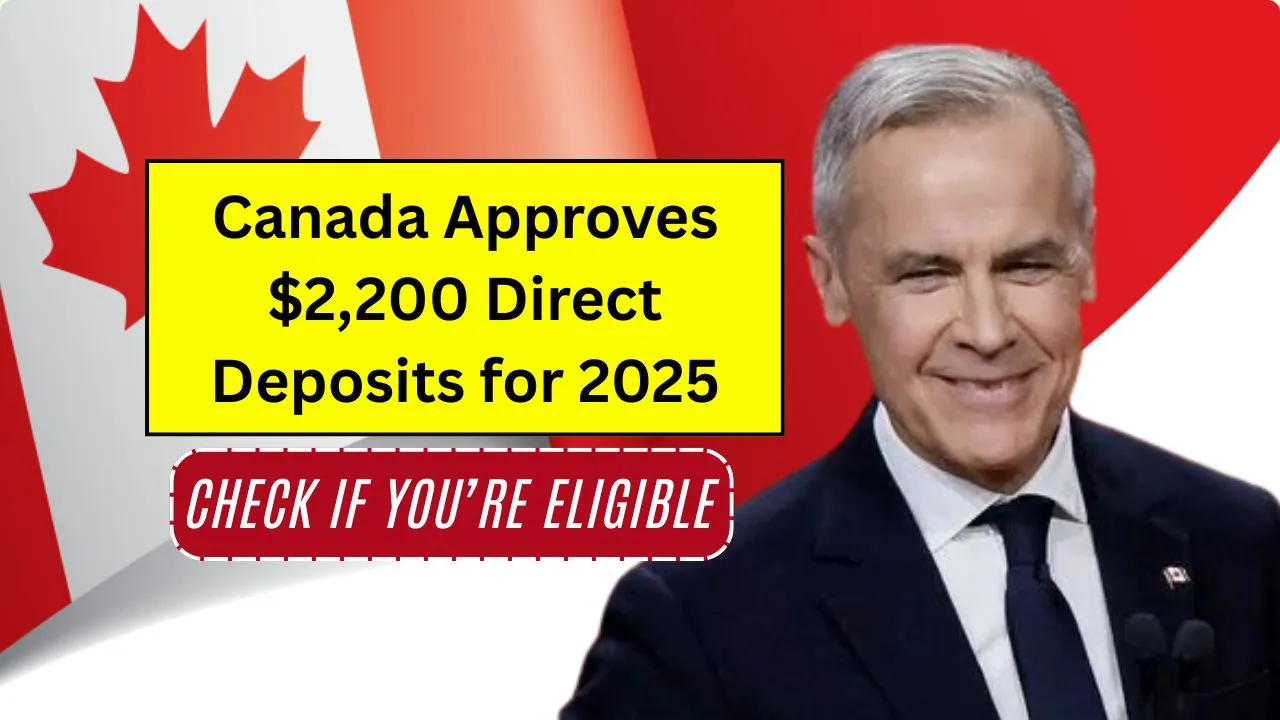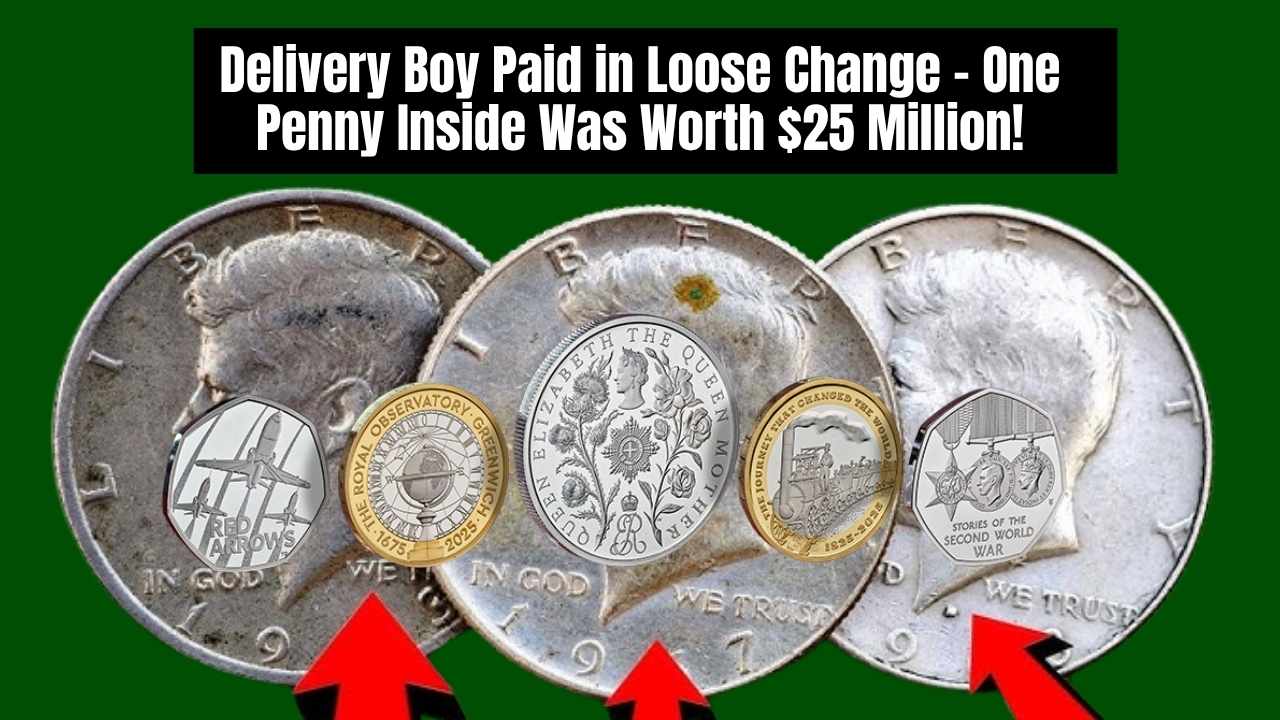$1800 baby benefit 2026: Raising a newborn is expensive, especially for families already living on tight budgets. From diapers and formula to medical care and clothing, the first few months after a baby is born can place enormous financial stress on low-income households. In response to these growing concerns, New York State is launching a new one-time payment program aimed at easing the economic pressure on new parents starting in 2026.
The $1,800 baby benefit 2026 is a state-funded initiative that will deliver direct cash payments to families already receiving public assistance at the time of their child’s birth. This benefit will be distributed automatically—no separate application is required—and is intended to help with the high costs that come with caring for a newborn. Administered through the Department of Social Services in coordination with the Department of Health, the program is expected to reach tens of thousands of qualifying families each year.
$1,800 Baby Benefit 2026: Overview and Eligibility
The $1,800 baby benefit 2026 is not a monthly payment but a single lump sum designed to offer immediate financial relief during a family’s most vulnerable time—the birth of a child. To ensure fast delivery, the program will rely on existing public assistance records and state birth registrations to verify eligibility. Payments will be made via direct deposit when banking information is available or by check if needed.
Overview Table: $1,800 Baby Benefit 2026 – Key Information
| Program Feature | Details |
| Benefit Amount | $1,800 (one-time payment per child) |
| Start Date | Early 2026 |
| Eligibility Criteria | Parent(s) must be receiving public assistance at birth |
| Public Aid Programs | TANF, SNAP, Medicaid |
| Application Required | No – eligibility determined automatically |
| Distribution Method | Direct deposit or mailed check |
| Administering Bodies | NYS Department of Social Services and Department of Health |
| Payment Timeline | Within 60 days of verified birth and benefit status |
Who Will Receive the Benefit
The baby benefit is not universal. It specifically targets households that are already enrolled in public assistance programs at the time of the child’s birth. This includes families receiving:
- TANF (Temporary Assistance for Needy Families)
- SNAP (Supplemental Nutrition Assistance Program)
- Medicaid
Eligibility will be confirmed automatically using administrative data. This means there is no paperwork for families to fill out, reducing barriers to access and helping ensure that overwhelmed new parents receive funds quickly. Once a child’s birth is officially recorded by the state, their parents’ information will be cross-referenced with public benefit databases. If a match is found, the payment will be processed within roughly 60 days.
Immediate Objectives and Broader Policy Context
The program’s primary aim is to offer short-term financial relief to families at the exact moment when expenses spike. Essential items like formula, baby clothes, cribs, medications, and doctor visits can strain a family’s budget in a matter of days.
Beyond the financial benefit, the $1,800 baby benefit 2026 also fits within a broader state-level strategy to reduce early childhood poverty. Research shows that economic instability in the first year of life can affect long-term health and educational outcomes. By supporting parents during this critical window, the program hopes to create a better foundation for the child’s future.
This approach mirrors a national trend toward cash transfer programs—support that gives recipients the flexibility to spend funds where they’re most needed, rather than restricting purchases to certain goods or services.
Financial Implications and Targeted Reach
New York expects to spend between $63 million and $72 million annually on the baby benefit program, serving approximately 35,000 to 40,000 families each year. Funding will come from the state’s human services budget and may be supplemented by reallocations from underused programs.
This level of investment reflects both the high cost of raising children and the potential long-term savings associated with preventing poverty-related health or educational issues early in life.
Here’s a breakdown of the projected program outcomes:
| Metric | Estimated Value |
| Estimated Annual Beneficiaries | 35,000 – 40,000 newborns |
| Annual Budget Allocation | $63 – $72 million |
| Payment Timing | Within 60 days of verified eligibility |
| Projected Infant Poverty Impact | Up to 9% reduction among public-assistance families |
| Efficiency | Fully automated delivery with no application needed |
Anticipated Household-Level Benefits
At the individual family level, the $1,800 payment will help cover:
- Hospital discharge expenses
- Diapers, formula, and baby hygiene products
- Transportation for medical checkups
- Clothing and bedding essentials
- Utility bills or housing expenses during parental leave
This flexible funding gives parents breathing room, especially in cases where one or both are temporarily out of work or adjusting to reduced income during the baby’s first months.
Besides the obvious financial benefit, the support is expected to reduce parental stress, improve infant health outcomes, and decrease reliance on payday loans or emergency credit. For children, this can mean better nutrition, more consistent doctor visits, and a safer, more stable home environment.
Monitoring and Future Expansion Possibilities
New York State plans to closely monitor the performance of the baby benefit through several key metrics:
- Uptake rates and delivery success
- Health outcomes for participating children
- Recipient feedback and satisfaction surveys
- Changes in early childhood poverty rates
Depending on these findings, officials may expand or enhance the program in the future. Possible updates include:
- Adjusting the payment amount for inflation
- Including near-poor families not currently eligible
- Creating a second-stage benefit at key milestones in the child’s first year
The program’s design makes such expansions technically simple, as eligibility checks and payment methods are already automated.
Final Thought
The $1,800 baby benefit 2026 represents a forward-thinking, compassionate step toward supporting vulnerable families at a time when they need it most. By removing application barriers and offering timely, flexible cash assistance, New York is leading the way in child-focused public policy.
If you’re expecting a child in 2026 and are enrolled in TANF, SNAP, or Medicaid, you won’t need to do anything—just ensure your state contact and bank information are up to date. For thousands of households, this benefit will not only ease the financial strain of having a baby but also help set the stage for healthier, more stable early childhoods.







